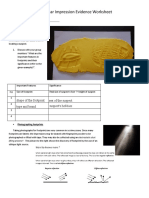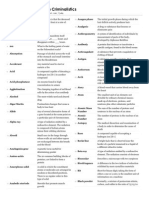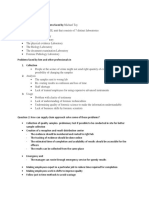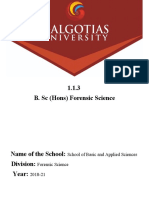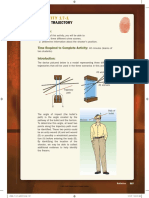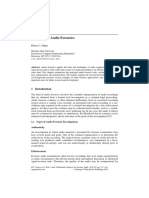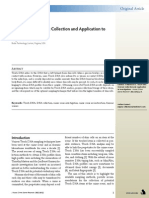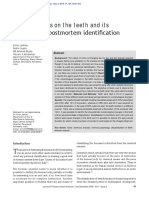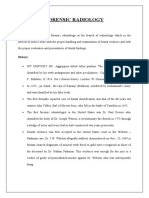0% found this document useful (0 votes)
381 views67 pagesIntroduction CM8002 Forensic Science
The document provides information for a forensic science course, including learning outcomes, required textbooks, a schedule of guest speakers and topics to be covered such as forensic DNA profiling, forensic pathology, and questioned documents. It also contains notices about keeping the auditorium clean, being prompt, and contains several diagrams related to fire safety and emergency exits.
Uploaded by
Kelly MerieCopyright
© © All Rights Reserved
We take content rights seriously. If you suspect this is your content, claim it here.
Available Formats
Download as PDF, TXT or read online on Scribd
0% found this document useful (0 votes)
381 views67 pagesIntroduction CM8002 Forensic Science
The document provides information for a forensic science course, including learning outcomes, required textbooks, a schedule of guest speakers and topics to be covered such as forensic DNA profiling, forensic pathology, and questioned documents. It also contains notices about keeping the auditorium clean, being prompt, and contains several diagrams related to fire safety and emergency exits.
Uploaded by
Kelly MerieCopyright
© © All Rights Reserved
We take content rights seriously. If you suspect this is your content, claim it here.
Available Formats
Download as PDF, TXT or read online on Scribd
/ 67
















